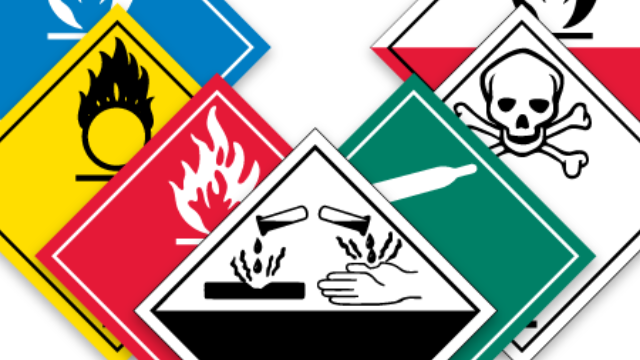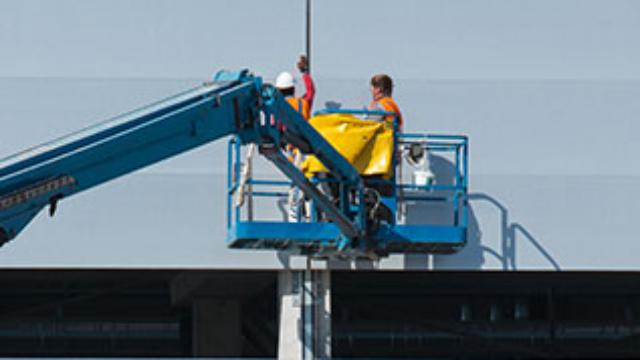
section-d8bae3e
Confined Space Training: Entry and Monitor
This Confined Space Entry and Monitor Online course delivers critical information for individuals who may have to enter or perform work in a confined space. Many hazards can arise within a confined space and preparation through training is essential. This confined space training applies to numerous industries and jobs.
This Online Confined Space Entry and Monitor Course Covers:
-
The differences between confined and restricted spaces
-
Classification systems for confined space entry
-
Common confined and restricted space hazards
-
Procedures for the assessment, testing, elimination, and control of hazards
-
Permits, logs, communication systems, and emergency response plans required for confined space entry
-
Employer, worker, and monitor (tending worker) responsibilities as they relate to confined spaces
Online Confined Space Training Program
Confined space training is a must for numerous industries and jobs. Training is essential because of the substantial danger that is associated with entering into the confined space.
There are several hazards that are associated with confined space such as Oxygen Deficiency, Toxic Atmosphere, Oxygen Enrichment, Excessive Heat and many more. For these reasons and several others the Confined Space Entry and Monitor Courses is especially important for individuals who carry out their duty within or inside the confined spaces.
section-98bb10d

Award-winning Courses

Printable Certificates

Learn at Your Own Pace 24/7

Free Technical Support

Free Accounts for Employee Training
section-d54d89f
Popular Safety Courses


TDG 2024 (Transportation of Dangerous Goods)

Aerial Work Platform (AWP) Certification
section-447fbfe
section-364bdc1
SET Safety is proudly Trusted by




























